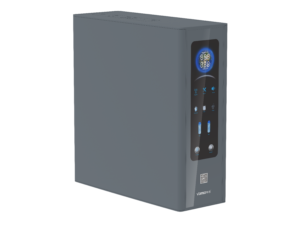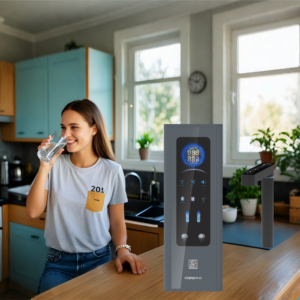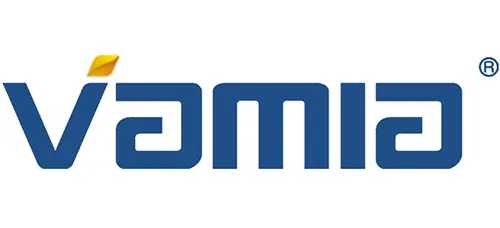Ion Exchange Resin Technology: Softening Water

Ion exchange resin technology is mainly employed for softening hard water.
Hard water contains relatively high levels of calcium (Ca²⁺) and magnesium (Mg²⁺) ions.
These ions can cause various problems, such as the formation of scale in pipes, kettles, and water – using appliances, reducing their efficiency and lifespan.
Ion exchange resins are typically small, spherical beads made of a cross – linked polymer matrix with functional groups attached.
In the case of water softening, cation – exchange resins are commonly used. These resins are pre – loaded with sodium (Na⁺) ions.
When hard water passes through the resin bed, a chemical reaction occurs.
The calcium and magnesium ions in the water have a greater affinity for the functional groups on the resin than the sodium ions.
As a result, the calcium and magnesium ions exchange places with the sodium ions on the resin.
Water Purifier Factory, Water Purifier For Home, Water Purifier Machine, Water Purifier, Water Filter Purifier System
The chemical reactions can be represented as follows:
For calcium ions: Ca²⁺ + 2Na – Resin → Ca – (Resin)₂ + 2Na⁺
For magnesium ions: Mg²⁺ + 2Na – Resin → Mg – (Resin)₂ + 2Na⁺
Through this ion – exchange process, the calcium and magnesium ions are effectively removed from the water, and the water is softened.
The sodium ions that are released into the water in exchange do not cause the same scaling problems as calcium and magnesium ions.
After passing through the ion exchange resin, the water has a reduced hardness level, which is beneficial for various applications.
However, it should be noted that the resin needs to be regenerated periodically.
As the resin becomes saturated with calcium and magnesium ions, a concentrated brine solution (usually sodium chloride solution) is passed through the resin bed.
Ion Exchange Resin Technology: Softening Water

